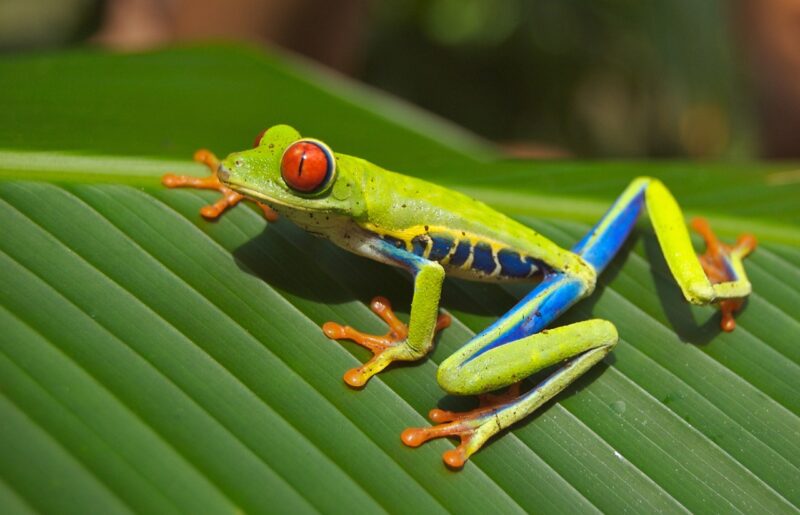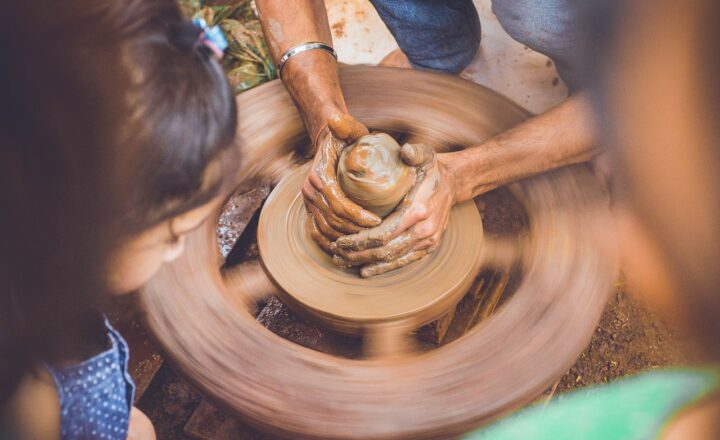
In the vast panorama of collecting, few niches ignite such diverse reactions as the obsession with taxidermied frogs. From the whimsical to the macabre, these stuffed amphibians have found their place in the hearts—and homes—of numerous collectors. But where did this peculiar trend originate, and what drives individuals to amass these unique specimens? This article aims to dive deep into the strange world of taxidermied frogs, offering insights into the motives behind this unusual hobby and the community that surrounds it.
1. The History of Taxidermy in Animal Collection
Taxidermy, the art of preserving animals for display, dates back thousands of years. Ancient Egyptians are known to have mummified animals as part of their religious beliefs. Modern taxidermy, however, gained popularity during the 19th century, driven by the interests of naturalists and collectors who aimed to exhibit exotic wildlife.
Interestingly, frogs became increasingly popular as the Victorian era progressed. The fascination with frogs is not new—these amphibians symbolize transformation and renewal, and with over 6,000 known species, their diversity captivates enthusiasts.
Collecting taxidermied frogs specifically emerged as a niche within natural history collecting, fueled by a blend of scientific interest and artistic expression. Artists and amateur taxidermists alike began creating whimsical dioramas featuring taxidermied frogs dressed in human clothing or staged in elaborate scenes, giving rise to a colorful subculture that persists today.
2. Who Are the Collectors?
The community of taxidermy collectors is as varied as the animals they collect. While some collectors are trained taxidermists with a passion for natural history, others are casual enthusiasts or hobbyists drawn to the unique art form.
Some notable demographics of collectors include:
- Naturalists: These individuals often have backgrounds in biology, zoology, or ecology and collect taxidermy as a way to study and appreciate biodiversity.
- Artists: Many are inspired by the aesthetics of taxidermy and incorporate it into their artistic practices, using frogs as a creative medium to explore themes of beauty, nature, and mortality.
- Curiosity-driven Collectors: Some collectors are simply intrigued by the oddity of taxidermy—finding the strangeness of a frog in a tuxedo to be irresistibly amusing.
Additionally, social media platforms have allowed collectors to connect with one another, creating a sense of community among individuals who share this unusual passion. Online forums, social media groups, and niche exhibitions have become hubs for exchanging ideas, showcasing collections, and even conducting trades.
3. The Art of Taxidermy: Craftsmanship and Creativity
Taxidermy is not merely a method of preservation; it’s an art form that requires skill, patience, and creativity. The process typically involves several steps:
- Preparation: The specimen is prepared by removing the internal organs and preserving the skin. This stage requires careful work to maintain the integrity of the specimen.
- Shaping: A mold or form is created, often using foam or wood to provide structure for the final piece.
- Dressing and Setting: Many collectors enjoy placing their frogs in whimsical attire or settings. This is where creativity flourishes—frogs can be seen wearing tiny hats, glasses, or even positioned in thematic dioramas.
- Finishing Touches: The final stage involves detailing, such as painting the eyes or adding props to enhance the overall visual effect.
The result is a taxidermied frog that often carries a unique personality, showcasing the skills and imagination of the artist or collector.
4. The Community and Culture of Collecting Taxidermied Frogs
Collectors of taxidermied frogs often share and celebrate their collections in various ways:
- Conventions and Shows: Events focused on taxidermy and natural history offer collectors a place to meet, trade, and showcase their frogs.
- Online Communities: Social media platforms and online forums provide spaces for sharing photographs, discussing techniques, and trading or purchasing taxidermy specimens.
- Themed Exhibitions: Local galleries or natural history museums sometimes host exhibitions focused on taxidermy that allow artists and collectors to display their work to a broader audience.
These collective experiences foster camaraderie among collectors while opening up discussions around ethics, conservation, and the artistry involved in taxidermy. It’s also important to note that many in this community advocate for ethical practices, promoting responsible sourcing and treatment of specimens.
5. Ethical Considerations in Taxidermy
As with any collecting hobby, ethical considerations are vital. Collectors are becoming increasingly aware of the implications of their pursuits:
- Sustainability: An understanding of biodiversity and ecosystem balance is critical. Many collectors seek to ensure that their specimens are ethically sourced, often through estate sales or donations rather than capturing wild animals.
- Education: Collectors often view their work as educational opportunities, aiming to raise awareness about species conservation and the importance of protecting ecosystems.
- Legal Compliance: Compliance with local laws regarding the collection and sale of wildlife specimens is paramount to maintain ethical standards.
By addressing ethical concerns, collectors can enjoy their passion while contributing positively to conservation efforts and promoting a respectful engagement with nature.
6. Conclusion: The Quirky Allure of Taxidermied Frogs
In conclusion, the world of collectors obsessed with taxidermied frogs is a fascinating blend of art, science, and community. As we explored, the reasons behind the obsession vary greatly, and the deeper motivations of collectors often connect to broader themes of identity, artistic expression, and environmental consciousness.
For those who find joy in the whimsical, bizarre, or unique, taxidermied frogs offer an entry point into a truly eccentric community. Whether as artistic statements, conversation starters, or a catalyst for exploring ecological issues, these specimens certainly have a place within the realm of modern collecting. So the next time you stumble upon a taxidermied frog, take a moment to appreciate the artistry, the history, and the passion that sits within its glass case—and perhaps even consider the ways in which this peculiar hobby reflects our collective human experiences with nature and culture.





